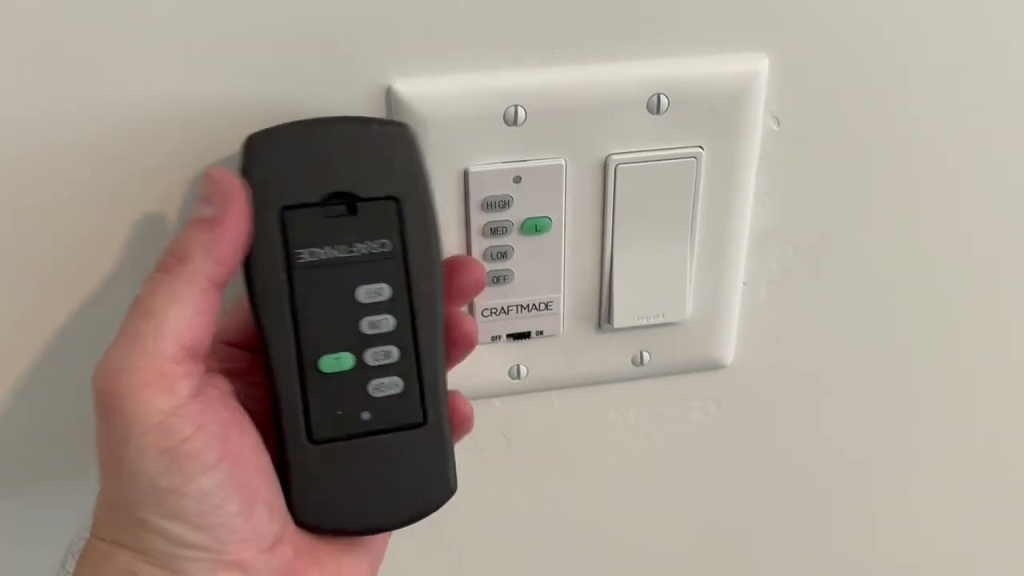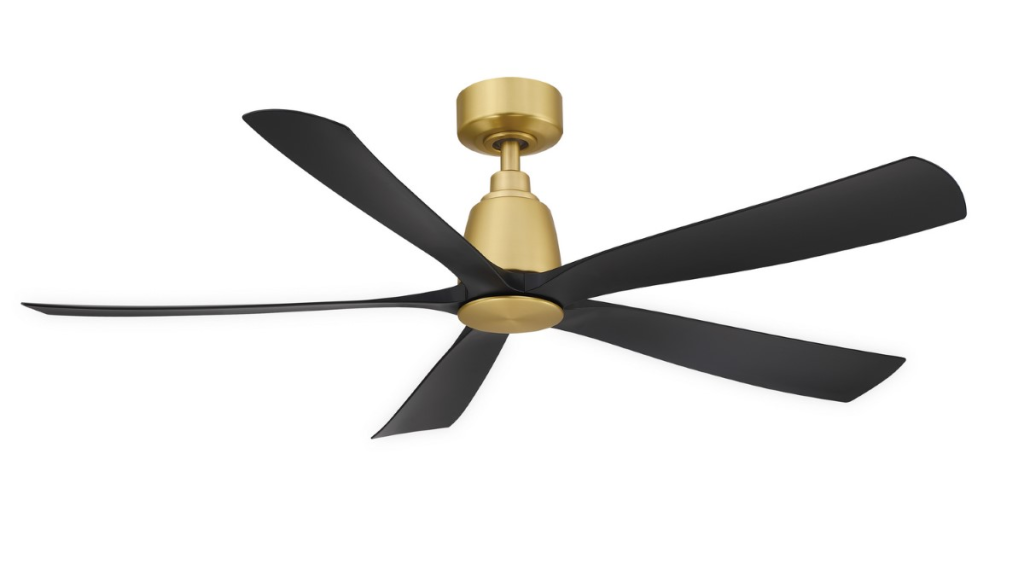Ceiling medallions have long been a staple in interior design, adding a touch of elegance and sophistication to any room. Whether you’re renovating an old home or looking to add a unique element to a new space, a 2 Piece Ceiling Medallion with a 5 Inch Center Hole offers both style and functionality. This article will delve into everything you need to know about this decorative feature, from its benefits to installation tips and design ideas.

Understanding the 2 Piece Ceiling Medallion with 5 Inch Center Hole
What is a 2 Piece Ceiling Medallion?
A 2 Piece Ceiling Medallion is a decorative element typically installed around the base of a light fixture or ceiling fan. The two-piece design allows for easy installation, especially when retrofitting a medallion around an existing fixture. The medallion is split into two parts, which are fitted together around the fixture without needing to remove it. This design is particularly advantageous when working with larger or more complex installations.
Read too: Kitchen Lighting For A Vaulted Ceiling: Illuminating Your Space with Style and Functionality
The Importance of the 5 Inch Center Hole
The 5 Inch Center Hole in this medallion is crucial for fitting around the canopy of most standard light fixtures or ceiling fans. It ensures that the medallion frames the fixture perfectly, hiding any unsightly gaps and providing a polished, finished look. The size of the center hole must match the fixture to avoid any installation issues or aesthetic mismatches.
Materials and Finishes
2 Piece Ceiling Medallions are typically made from materials like polyurethane, plaster, or wood. Polyurethane is the most common material due to its durability, lightweight nature, and ease of installation. These medallions come in various finishes, including pre-painted options or primed surfaces ready for custom painting to match your décor.
Benefits of Installing a 2 Piece Ceiling Medallion
1. Easy Installation
One of the primary advantages of a 2 Piece Ceiling Medallion is its ease of installation. Unlike traditional one-piece medallions, which may require removing a fixture, the two-piece design can be installed without any major disruptions. This makes it an ideal choice for DIY enthusiasts and professionals alike.
2. Aesthetic Appeal
A ceiling medallion adds an instant touch of elegance to any room. Whether you prefer a minimalist look or something more ornate, these medallions are available in various styles and sizes to suit your taste. The 5 Inch Center Hole ensures that the medallion frames your fixture perfectly, enhancing the overall visual impact.
3. Versatility
The 2 Piece Ceiling Medallion with 5 Inch Center Hole is versatile enough to be used in various settings, from living rooms and dining rooms to bedrooms and hallways. It can complement a wide range of interior styles, from classic and traditional to modern and contemporary.
4. Concealing Imperfections
Ceiling medallions are excellent for hiding imperfections around light fixtures or ceiling fans. They can cover gaps, cracks, or uneven paint, providing a seamless and polished finish.
5. Increased Property Value
Adding decorative elements like ceiling medallions can enhance the perceived value of your home. Potential buyers often appreciate these kinds of details, which can set your property apart in the real estate market.
How to Install a 2 Piece Ceiling Medallion with a 5 Inch Center Hole
Step 1: Gather Your Tools and Materials
Before starting the installation, ensure you have the necessary tools and materials. You will need:
- The 2 Piece Ceiling Medallion with a 5 Inch Center Hole
- A ladder
- Measuring tape
- Adhesive (such as construction adhesive or caulk)
- Screws and anchors (if necessary)
- A drill or screwdriver
- Painter’s tape (optional)
- Paint and brushes (if painting the medallion)
Step 2: Measure and Mark
Begin by measuring the area where the medallion will be installed to ensure it is centered around the light fixture or ceiling fan. Mark the position lightly with a pencil to guide your installation. If your medallion is pre-painted or if you plan to paint it, do so before installation to avoid getting paint on the ceiling.
Step 3: Apply Adhesive
Apply a generous amount of adhesive to the back of both pieces of the medallion. Focus on the edges and areas that will contact the ceiling. If your ceiling is uneven, you may also want to apply adhesive to the ceiling itself.
Step 4: Position the Medallion
Carefully position the first piece of the medallion around the fixture, aligning it with your pencil marks. Hold it in place for a few minutes to allow the adhesive to set slightly. Repeat this process with the second piece, ensuring the two halves fit together snugly around the fixture.
Step 5: Secure the Medallion
If necessary, use screws and anchors to secure the medallion to the ceiling. Drill pilot holes through the medallion and into the ceiling, then insert the screws. Be careful not to overtighten, as this could crack or damage the medallion.
Step 6: Finishing Touches
Once the medallion is securely in place, fill any gaps between the two pieces with caulk or a similar filler. If your medallion is primed, apply a final coat of paint to match your ceiling or fixture. Finally, remove any excess adhesive or filler and allow everything to dry completely.
Design Ideas for Using a 2 Piece Ceiling Medallion with a 5 Inch Center Hole
Traditional Elegance
For a traditional or classic look, choose a 2 Piece Ceiling Medallion with ornate details and pair it with a chandelier or a vintage ceiling fan. This combination works well in formal dining rooms or living rooms with high ceilings and crown molding.
Modern Minimalism
If you prefer a more contemporary style, opt for a simpler, clean-lined medallion in a neutral color. Pair it with a sleek, modern light fixture to create a subtle yet sophisticated look that complements minimalist décor.
Rustic Charm
For a rustic or farmhouse-inspired space, consider a wood-finished medallion paired with an industrial-style ceiling fan or light fixture. The natural wood tones add warmth and character to the room, enhancing the overall rustic aesthetic.
Bold Statement
To make a bold design statement, choose a large, intricately designed medallion in a contrasting color to your ceiling. Pair it with an eye-catching light fixture, such as a crystal chandelier, to create a focal point that draws attention and adds drama to the space.
Maintenance and Care for Your Ceiling Medallion
Cleaning
Ceiling medallions are generally low-maintenance, but they can accumulate dust over time. To clean your medallion, use a soft cloth or duster to gently remove dust. For more stubborn dirt, a damp cloth with mild soap can be used, but avoid harsh chemicals that could damage the finish.
Touch-Ups
Over time, your medallion may require touch-ups, especially if it is painted. Keep a small amount of matching paint on hand to cover any chips or scratches that may occur.
Regular Inspections
Periodically inspect your medallion to ensure it remains securely attached to the ceiling. If you notice any loosening or damage, address it promptly to prevent further issues.
Conclusion
A 2 Piece Ceiling Medallion with a 5 Inch Center Hole is a beautiful and functional addition to any room. Its ease of installation, combined with the aesthetic appeal and versatility it offers, makes it an excellent choice for homeowners looking to enhance their interior design. Whether you’re aiming for a traditional, modern, rustic, or bold look, a ceiling medallion can help you achieve your vision with elegance and style.


















